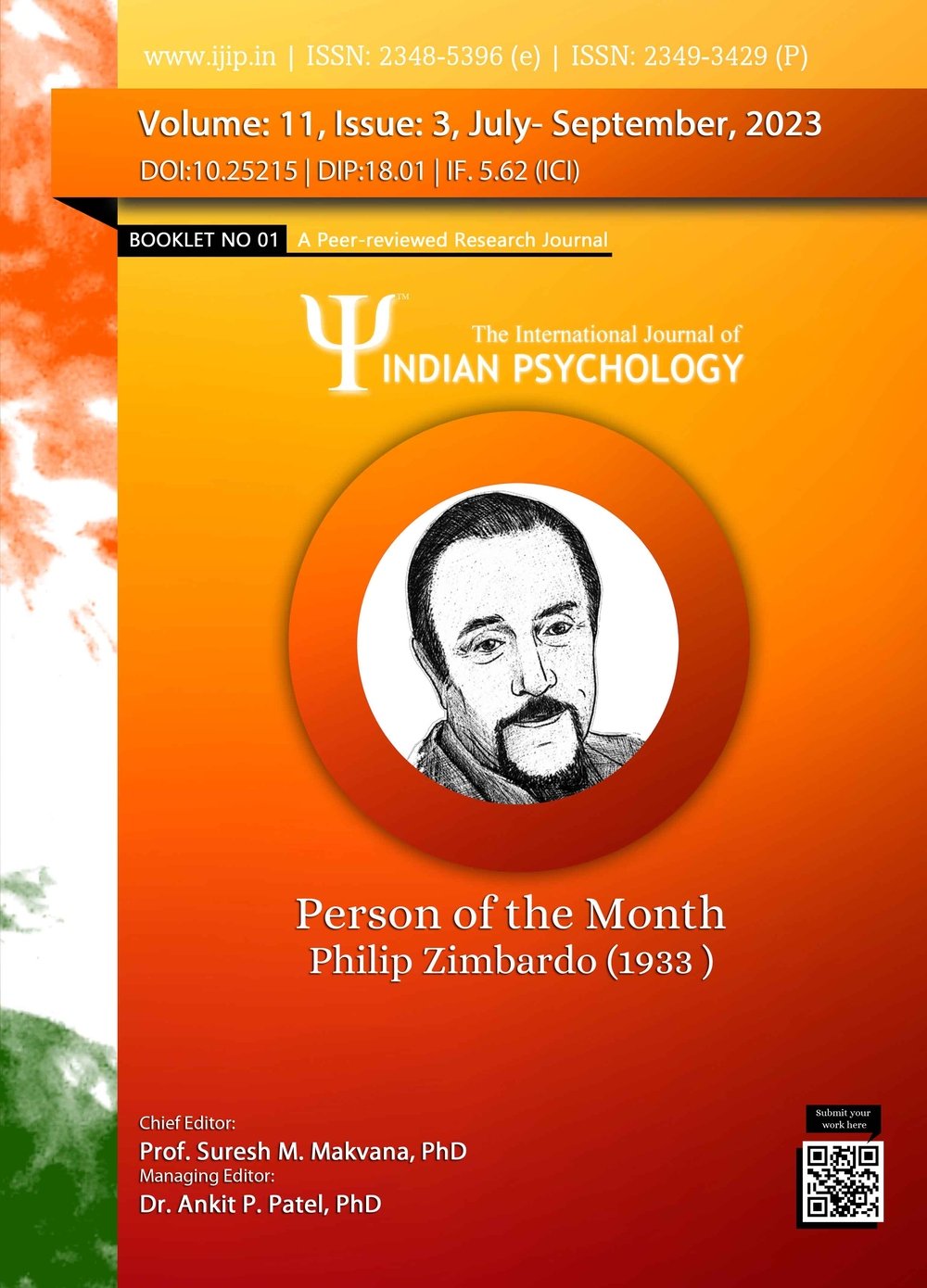Brain-Based Changes and Therapeutic Effectiveness of the Eye Movement Desensitisation and Reprocessing Approach: A Mini Review
DOI:
https://doi.org/10.25215/1103.126Keywords:
EMDR, Adaptive Information Processing, REM hypothesis PTSD, Substance Use DisordersAbstract
The Eye Movement Desensitisation and Reprocessing or the EMDR approach, developed by F. Shapiro has been considered one of the most effective treatment options for PTSD. This mini review conceptualises the theoretical underpinnings of the effectiveness of EMDR with respect to PTSD as well for Substance Use Disorders (SUD), while looking into the neural correlates of the both these conditions. The Adaptive Information Processing (AIP) theory proposed by Shapiro herself views pathology as a product of maladaptive processing of information leading to its storage in a maladaptive form, which manifests outwardly as reliving a traumatic experience. Another theory that explains process of EMDR is the REM hypothesis, which posits that the bilateral stimulation arising out of the eye movements triggers the process of memory consolidation that is very much similar to the memory consolidation that occurs during REM sleep. Additionally, there is evidence showing promising findings for EMDR as a approach to treat SUDs. However, EMDR as a therapeutic approach works most efficiently when there are underlying traumatic reasons, such as intrusive memories, for the substance use.Metrics
No metrics found.
Published
2022-11-05
How to Cite
Nitya Ann Eapen. (2022). Brain-Based Changes and Therapeutic Effectiveness of the Eye Movement Desensitisation and Reprocessing Approach: A Mini Review. International Journal of Indian Psychȯlogy, 11(3). https://doi.org/10.25215/1103.126
Issue
Section
Articles


